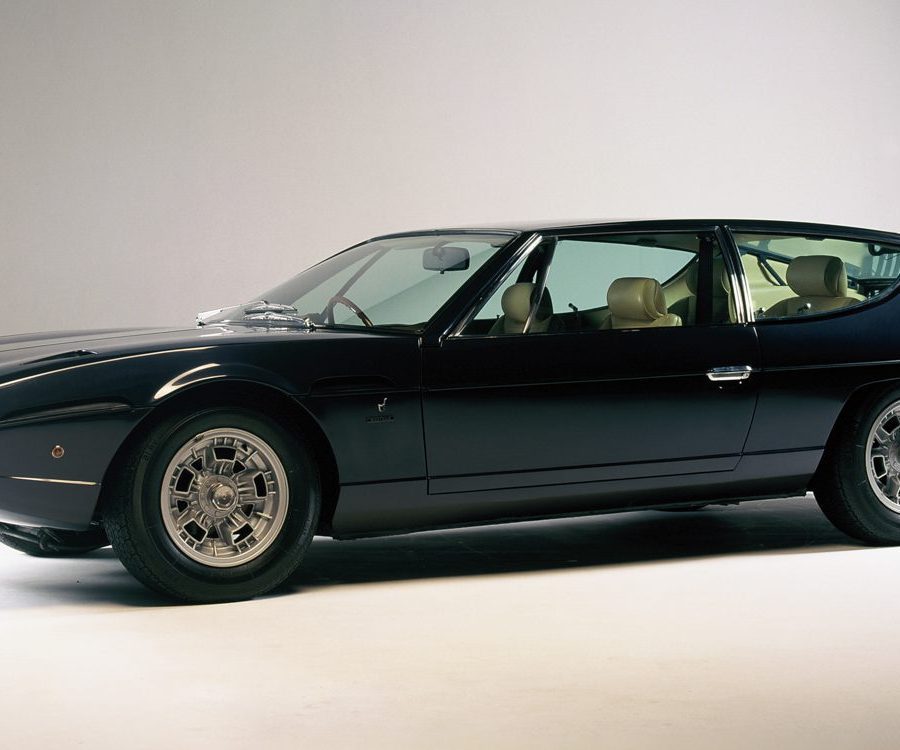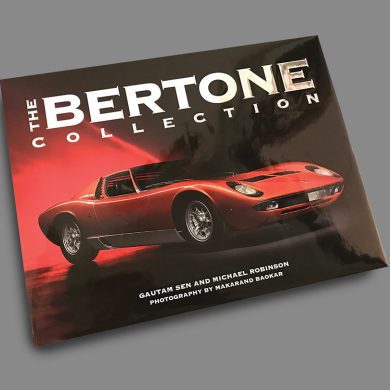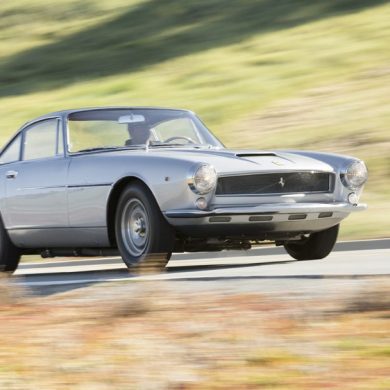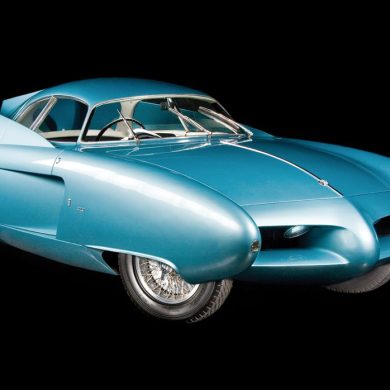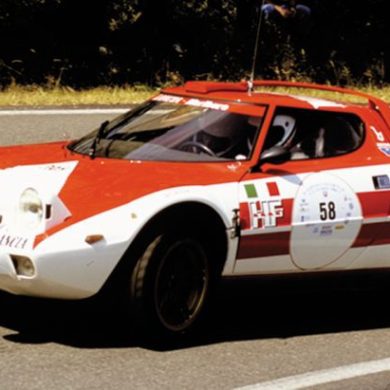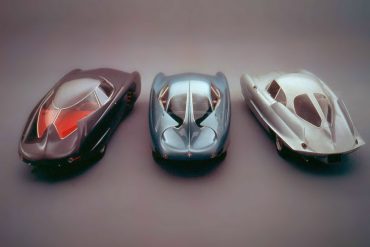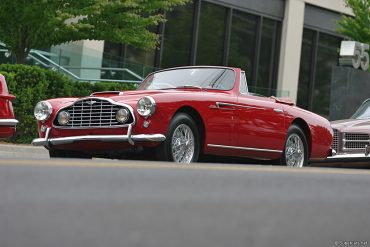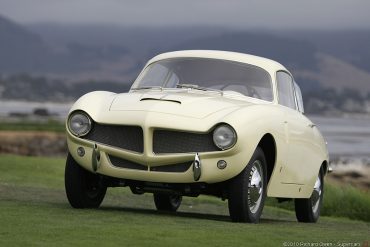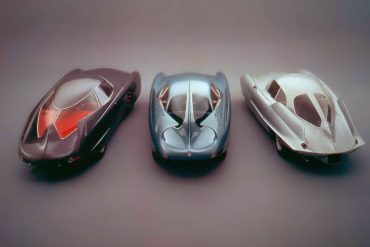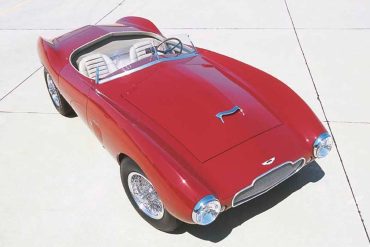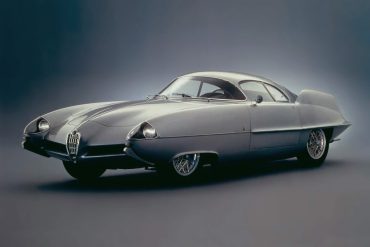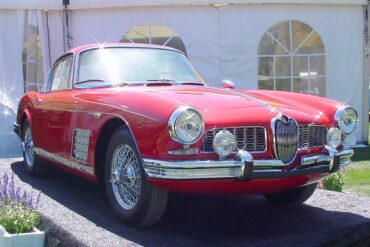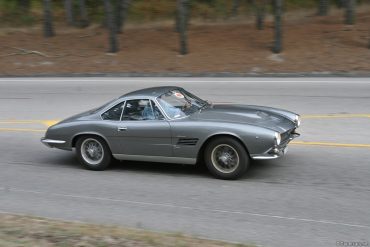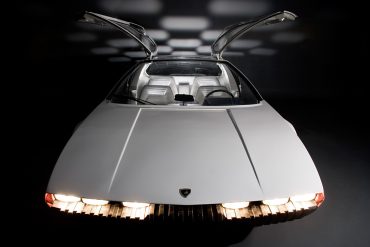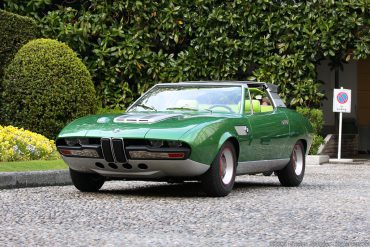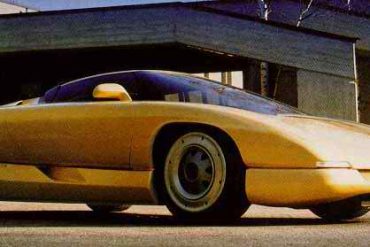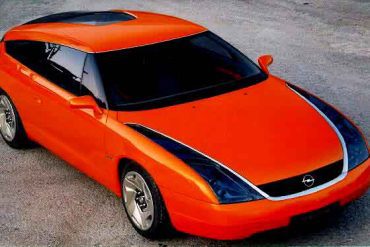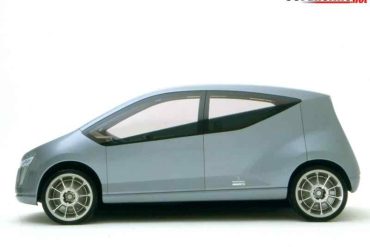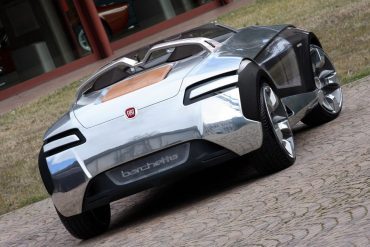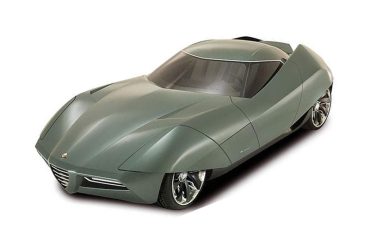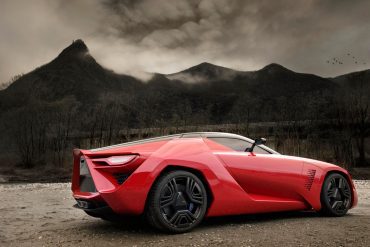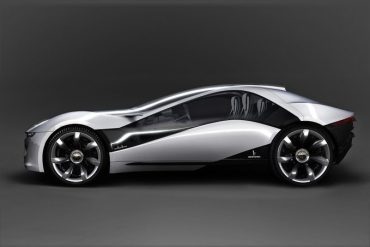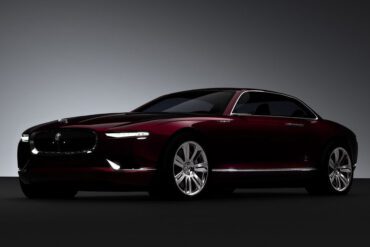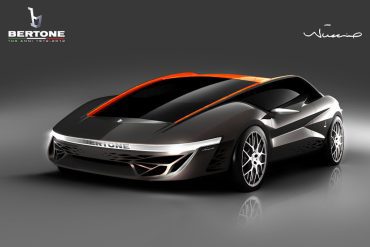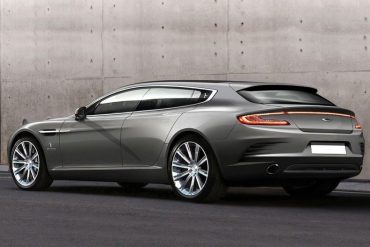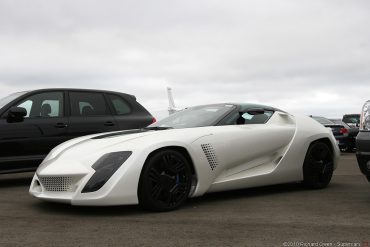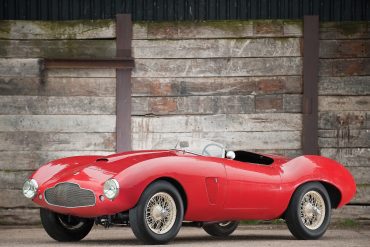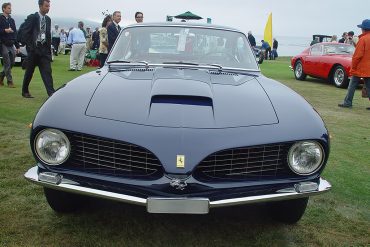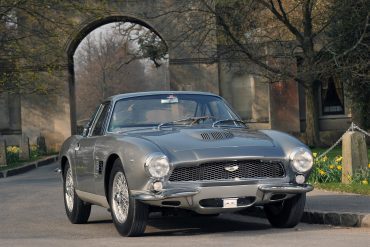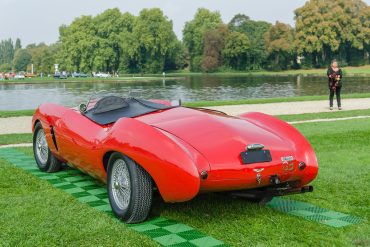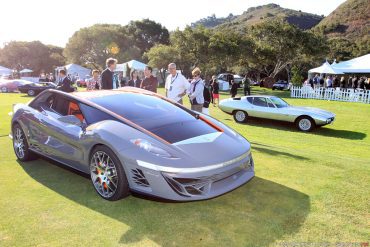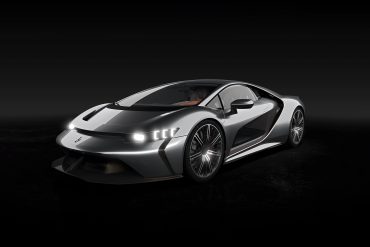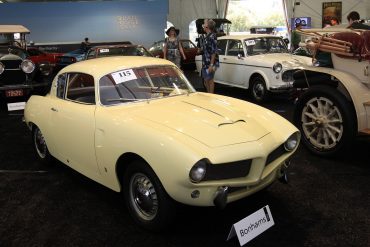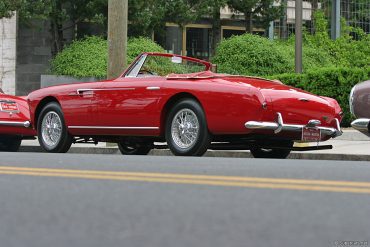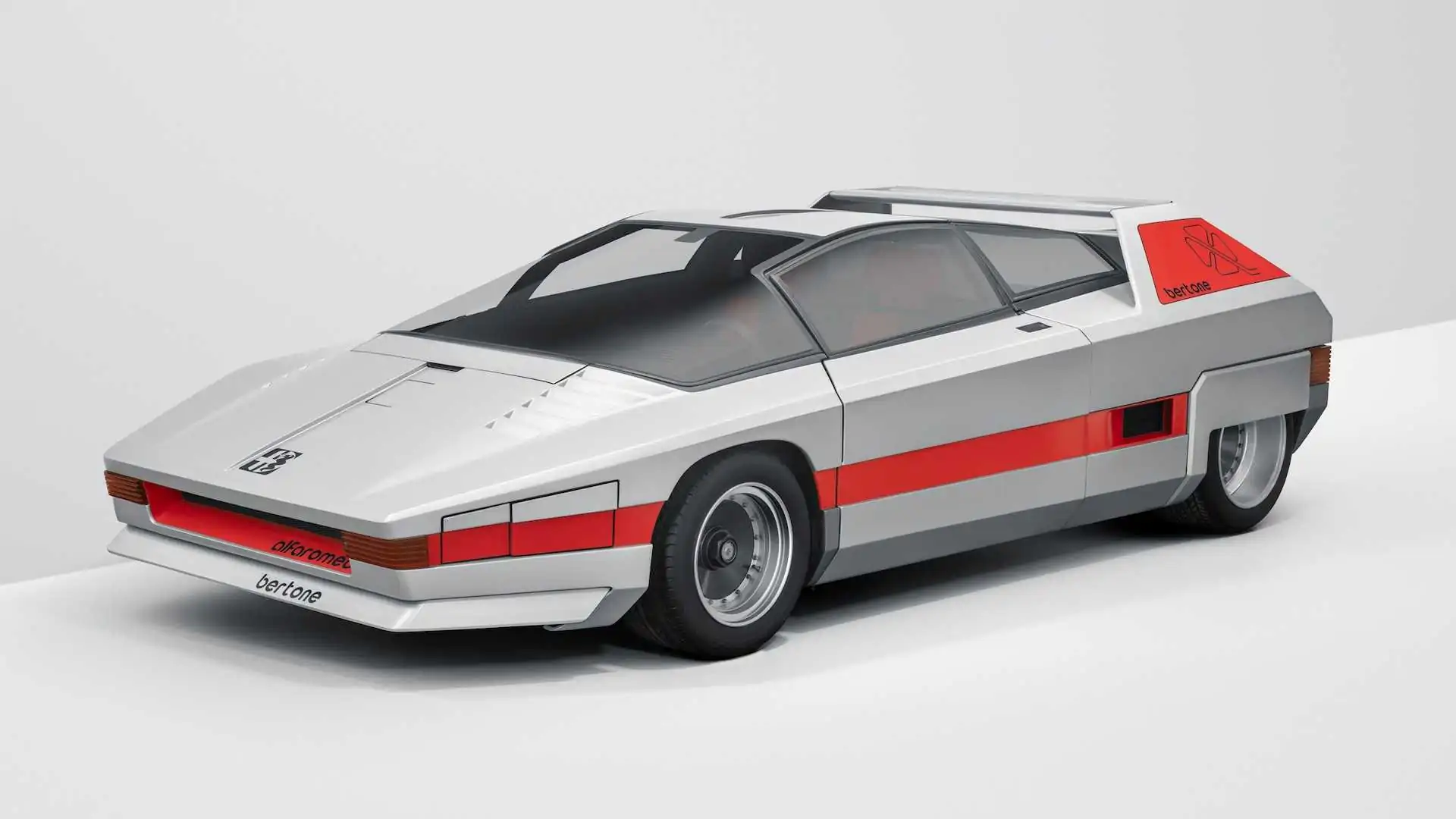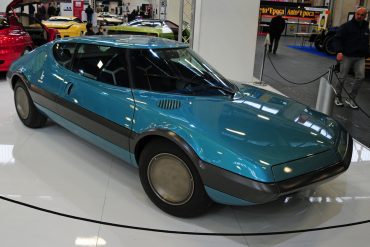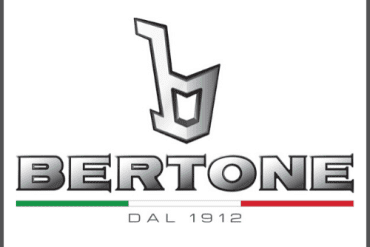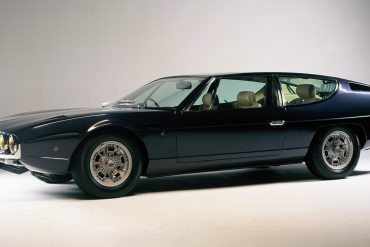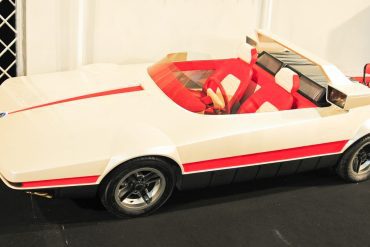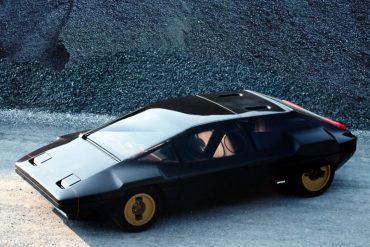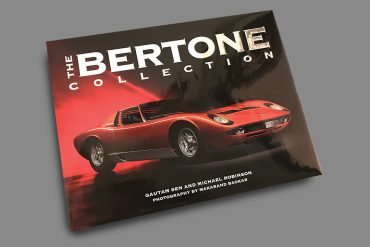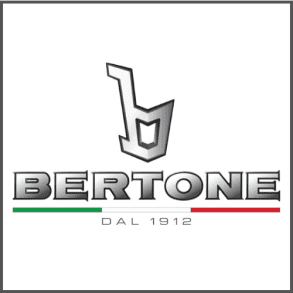
Bertone
Research, History, Reviews, Media & More
The Model List / Featured Stories / Model Guides / Images & Videos / News & Updates
Bertone: A Legacy of Italian Automotive Artistry
Bertone is one of the most iconic names in automotive design, renowned for its bold, innovative, and often futuristic creations. For over a century, this Italian design house shaped the automotive world with its distinctive approach to car design, leaving a lasting legacy that continues to influence the industry today. This post explores the founding of Bertone, its rich history, the iconic models it has produced, and the milestones that have defined its journey as a leader in automotive design.
The Founding Vision: Giovanni Bertone
Bertone was founded in 1912 by Giovanni Bertone in Turin, Italy. Initially, the company focused on building horse-drawn carriages, but as the automotive industry began to take shape, Bertone transitioned to designing and manufacturing car bodies. Giovanni Bertone’s early work attracted the attention of several car manufacturers, and the company quickly established itself as a leader in coachbuilding.
The shift from carriages to automobiles was driven by Bertone’s passion for innovation and his desire to push the boundaries of what was possible in design. This vision laid the foundation for Bertone’s evolution into one of the most respected and influential design houses in the automotive world.
The Evolution of Bertone: From Coachbuilder to Design Powerhouse
As the automotive industry evolved, so did Bertone. The company’s journey from a small coachbuilder to a global design powerhouse is marked by several key moments and collaborations:
Early Successes and Collaborations (1920s-1940s):
In the early 1920s, Bertone began collaborating with established car manufacturers, including Fiat, Lancia, and Alfa Romeo. These partnerships helped Bertone gain a reputation for creating elegant and aerodynamic car bodies. The Fiat 501, Lancia Lambda, and Alfa Romeo 6C 1750 are just a few examples of Bertone’s early work that showcased the company’s ability to blend style with functionality.
The Post-War Boom and the Birth of Italian Design (1950s-1960s):
After World War II, Bertone became a driving force in what is now known as the golden age of Italian automotive design. During this period, Bertone collaborated with Alfa Romeo to create the BAT (Berlinetta Aerodinamica Tecnica) series, a set of concept cars designed to explore the limits of aerodynamics. These cars, with their futuristic, almost otherworldly designs, are still celebrated today as masterpieces of automotive art.
One of Bertone’s most significant contributions during this era was the design of the Lamborghini Miura, introduced in 1966. Often considered the world’s first supercar, the Miura’s mid-engine layout and sleek, low-slung design revolutionized sports car design and established Lamborghini as a major player in the automotive world.
The Marcello Gandini Era: Innovation and Iconic Designs:
Marcello Gandini, one of the most influential car designers of the 20th century, joined Bertone in the mid-1960s. Under Gandini’s direction, Bertone produced some of its most iconic designs, including the Lamborghini Miura, the Lamborghini Countach, and the Lancia Stratos HF.
The Lamborghini Countach, introduced in 1974, featured sharp, angular lines and scissor doors, setting the tone for modern supercar design. The Countach became an automotive icon, symbolizing the excess and excitement of the 1970s and 1980s.
The Lancia Stratos HF, designed in the early 1970s, was a rally legend, dominating the World Rally Championship with its compact, wedge-shaped design and powerful engine. The Stratos remains one of the most celebrated rally cars of all time.
Bertone’s Impact on Mass-Market Cars (1970s-1980s):
While Bertone is best known for its work on high-performance sports cars, the company also made significant contributions to mass-market vehicles. The Fiat X1/9, a mid-engine sports car designed by Bertone in the 1970s, was praised for its handling and distinctive wedge shape. Bertone’s influence extended to models like the Citroën BX and the Volvo 780, showcasing the company’s versatility and ability to design cars for a broad audience.
In 1989, Bertone designed the Citroën XM, a car known for its advanced hydropneumatic suspension system and futuristic design. The XM was awarded the European Car of the Year in 1990, further cementing Bertone’s reputation for innovation.
The Challenges of the Modern Era (1990s-2010s):
As the automotive industry became more globalized and competitive, Bertone faced new challenges. Despite financial difficulties, the company continued to produce innovative designs, including concept cars like the Bertone Nuccio, a modern tribute to the brand’s history of wedge-shaped designs.
Unfortunately, financial struggles led to Bertone declaring bankruptcy in 2014. However, the legacy of its designs continues to live on, with many Bertone-designed cars becoming valuable collector’s items.
Special Milestones and Achievements
Throughout its history, Bertone has achieved several significant milestones that have left a lasting impact on the automotive industry:
Pioneering Aerodynamics: The Alfa Romeo BAT series is a testament to Bertone’s early exploration of aerodynamics. These cars pushed the boundaries of design and performance, influencing future generations of aerodynamic vehicles.
Defining the Supercar: The Lamborghini Miura and Countach are not just cars; they are cultural icons that defined the supercar genre. Bertone’s work on these models set new standards for performance, design, and desirability.
Innovating in Mass-Market Design: Bertone’s influence extended beyond exotic sports cars to everyday vehicles. The Fiat X1/9, Citroën BX, and Citroën XM are examples of how Bertone brought innovative design to the mass market.
Collaborations with Global Brands: Bertone’s collaborations with brands like Alfa Romeo, Ferrari, Lamborghini, Fiat, and Aston Martin resulted in some of the most beautiful and iconic cars ever made. These partnerships helped Bertone become a global leader in automotive design.
The Enduring Legacy of Bertone
Bertone’s legacy is one of innovation, artistry, and a relentless pursuit of perfection in automotive design. For over a century, the company pushed the boundaries of what was possible in car design, creating vehicles that were not only functional but also works of art. Bertone’s influence can still be seen in modern car design, and its most iconic models continue to be celebrated by enthusiasts and collectors around the world.
Today, the name Bertone remains synonymous with Italian automotive artistry. Although the company no longer operates as it once did, its impact on the automotive world is undeniable, and its designs will continue to inspire future generations of car designers.
Conclusion
Bertone’s journey from a small coachbuilder in Turin to a global leader in automotive design is a story of creativity, innovation, and a deep passion for cars. Through its groundbreaking designs, from the Alfa Romeo BAT series to the Lamborghini Countach, Bertone has left an indelible mark on the automotive world. As the company’s legacy lives on, its commitment to pushing the boundaries of design and performance ensures that Bertone will always be remembered as one of the most influential names in the history of car design.
Bertone Basics
Founded: 1912
Location: Turin, Italy
Founder: Giovanni Bertone
Did You Know
Bertone was founded in 1912 by Giovanni Bertone in Turin, Italy. Initially, the company focused on building horse-drawn carriages before transitioning to car bodies as the automotive industry began to take off.
One of Bertone’s most famous designs is the Lamborghini Miura, which debuted in 1966. Often considered the world’s first supercar, the Miura’s sleek, mid-engine design revolutionized the sports car industry and established Lamborghini as a major player.
Beyond road cars, Bertone has also designed vehicles with motorsport pedigree, including the Lancia Stratos and Alfa Romeo 33 Stradale, the latter being one of the most beautiful and rare racing cars of its time.
More Bertone
The Bertone Cars & Designs
Concept Cars & Specials
Abarth 1500 Biposto (1952)
Alfa Romeo BAT 5 (1953)
Alfa Romeo 2000 Sportiva (1954)
Alfa Romeo BAT 7 (1954)
Alfa Romeo BAT 9 (1955)
Ferrari 250 GT SWB Berlinetta Speciale (1959)
Aston Martin DB4 GT Jet (1961)
Maserati 5000 GT Bertone (1961)
Ferrari 250 GT SWB Berlinetta Speciale (1962)
Chevrolet Testudo (1963)
Alfa Romeo Canguro (1964)
Innocenti 186 GT (1964)
Abarth OT 1000 Spider (1965)
Ford Mustang Bertone (1965)
Jaguar FT Coupé (1966)
Alfa Romeo Montreal (1967)
Fiat 125 Executive (1967)
Jaguar Pirana (1967)
Lamborghini Marzal (1967)
Alfa Romeo Carabo (1968)
Autobianchi A112 Runabout (1969)
Bertone BMW Spicup (1969)
Fiat 128 Coupé (1969)
Bertone BMW Garmisch 2200Ti (1970)
Lancia Stratos Zero (1970)
Lancia Stratos HF prototype (1971)
Citroën GS Camargue (1972)
Suzuki Go (1972)
NSU Trapeze (1973)
Fiat 127 Village (1974)
Lamborghini Bravo (1974)
Alfa Romeo Navajo (1976)
Ferrari Rainbow (1976)
Jaguar Ascot (1977)
Lancia Sibilo (1978)
Volvo Tundra (1979)
Lamborghini Athon (1980)
Mazda MX-81 (1981)
Alfa Romeo Delfino (1983)
Chevrolet Ramarro (1984)
Citroën Zabrus (1986)
Lamborghini Genesis (1988)
Chevrolet Nivola (1990)
Lotus Emotion (1991)
Bertone Blitz (1992)
Fiat Cinquecento Rush (1992)
Bertone Porsche Karisma (1994)
Fiat Punto Racer (1994)
Lancia Kayak (1994)
Fiat Bravo Enduro (1996)
Opel Slalom (1996)
Alfa Romeo Sportut (1997)
Bertone Pickster (1998)
Alfa Romeo Bella (1999)
Bertone Slim (2000)
Opel Filo (2001)
Saab Novanta (2002)
Bertone Birusa (2003)
Aston Martin Vanquish Jet 2 (2004)
Bertone Cadillac Villa (2005)
Bertone Suagnà (2006)
Bertone BMW Younique (2006)
Bertone Fiat Barchetta (2007)
Alfa Romeo BAT 11 (2008)
Bertone Mantide (2009)
Alfa Romeo Pandion (2010)
Jaguar B99 (2011)
Bertone Nuccio (2012)
Aston Martin Rapide Jet 2+2 (2013)
Production Cars
Arnolt-MG (1953)
Fiat 1100 TV (1953)
Fiat 8V Spider (1953)
Stanguellini 1100 Berlinetta (1953)
Alfa Romeo 1900 Sport Spider (1954)
Alfa Romeo Giulietta Sprint (1954)
Arnolt-Aston Martin DB2/4 Spider (1954)
Arnolt-Bristol (1955)
Abarth 1000 GT Coupé (1958)
Sport Prinz (1959)
Alfa Romeo 2000/2600 Sprint (1960)
Alfa Romeo Giulietta/Giulia Sprint Speciale (1960)
Gordon-Keeble (1960)
NSU Spider (1960)
ASA 1000 GT (1962[16])
BMW 3200 CS (1962)
Iso Rivolta IR (1962)
Simca 1000 Coupé (1962)
Fiat 850 Spider (1965)
Iso Grifo (1965)
Mazda Luce (1965)
Alfa Romeo Giulia Sprint GT Veloce (1967)
Fiat Dino Coupé (1967)
Lamborghini Miura (1967)
Simca 1200 S Coupé (1967)
Lamborghini Espada (1968)
Iso Lele (1969)
Alfa Romeo Montreal (1970)
Lamborghini Jarama (1970)
Lamborghini Urraco (1970)
Lamborghini Countach (1971)
Fiat X1/9 (1971)
Bertone X1/9 (1972)
Lancia Stratos HF (1972)
Maserati Khamsin (1972)
Ferrari 208/308 GT4 (1974)
Innocenti Mini (1974)
Maserati Quattroporte II (1974)
Fiat 131 Abarth (1976)
Lamborghini Silhouette (1976)
Fiat Ritmo Cabrio (1978)
Lamborghini Jalpa (1981)
Mercedes Benz W126 Limousine (1981)
Citroën BX (1982)
Alfa Romeo 90 (1984)
Volvo 780 (1985)
Opel Kadett E Cabrio (1987)
Škoda Favorit (1987)
Bertone Freeclimber (1989)
Citroën XM (1989)
Daewoo Espero (1990)
Citroën ZX (1991)
Citroën Xantia (1993)
Opel Astra F Cabrio (1994)
Opel Astra G Cabrio (2001)
Opel Astra G Coupé (2001)
Alfa Romeo GT (2003)
Changhe Ideal (2003)
Fiat Panda Mk3 (169; 2003) (2003)
Chery A1 (2008)
Chevrolet Niva (restyling) (2009)
Riich G5 (2009)
Bertone GB110 (2023)
Motorcycle Designs
Lambretta Luna Range
Lambretta Luna Range: Lui/Vega/Cometa (1968)
Lambretta GP/DL (1969)
Vehicles produced by Bertone
*but not of Bertone design
BMW C1 (2000–2003)
Fiat Punto Cabrio (1995–1999)
Mini Cooper GP (2006)
Volvo 262C (1977–1981)


